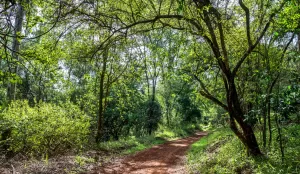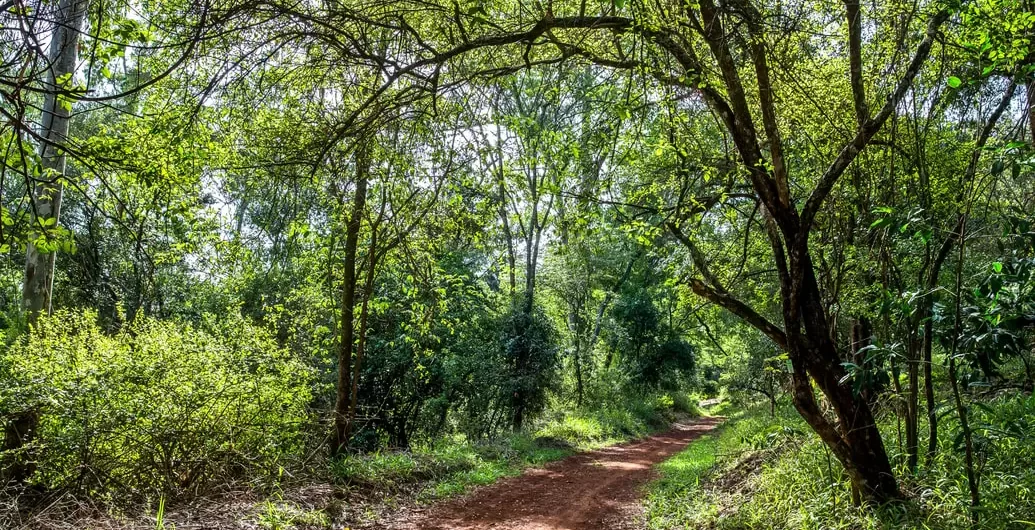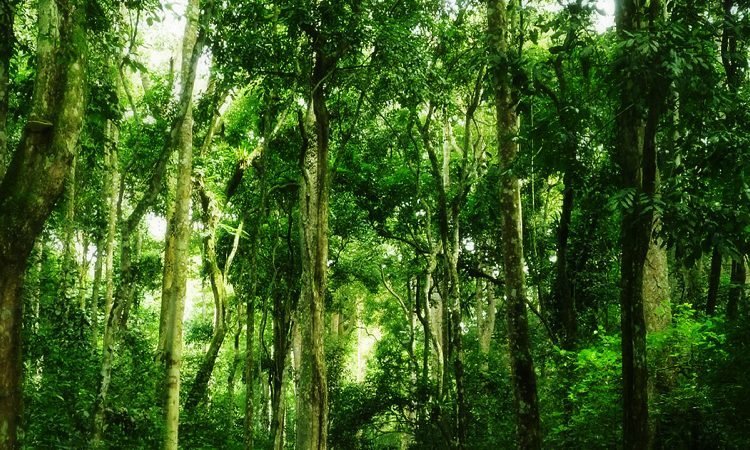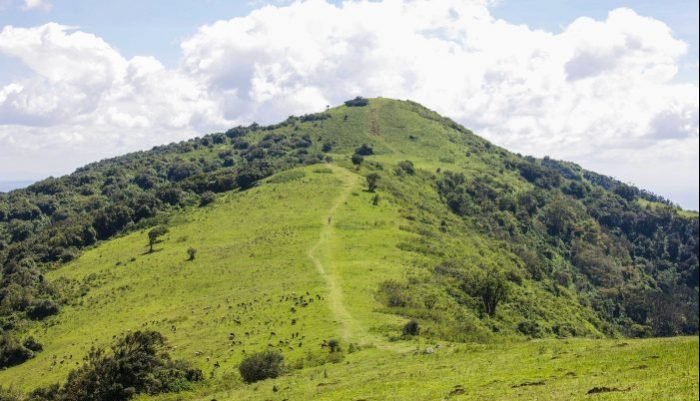About Mau Forest
Mau Forest is a large complex of forests located in the Rift Valley region of Kenya. It covers an area of approximately 400,000 hectares, making it the largest indigenous forest in the country and one of the largest in East Africa.
The Forest complex is an important water catchment area for several major rivers in Kenya, including the Mara, Njoro, and Sondu rivers. These rivers provide water for millions of people, as well as for agriculture and other economic activities.
The Forest is also home to a rich variety of flora and fauna, including over 400 bird species, several species of primates, and numerous other wildlife species. Some of the trees found in the forest include the East African camphor, the African olive, and the red cedar.
In recent years, the Mau Forest has faced a number of threats, including illegal logging, encroachment, and conversion of forest land for agricultural use.
These activities have led to significant environmental degradation and loss of biodiversity, as well as negative impacts on the livelihoods of local communities and the availability of water resources.
Efforts are underway to address these challenges and restore the Mau Forest to its former state. These include initiatives to combat illegal logging, restore degraded areas, and promote sustainable land use practices among local communities.

Mau Forest Eviction
In 2004 Paul Ndungu released “Ndungu Report”, which indexed those land allocations, terming them unlawful and advocated revocation of them. Some evictions had been carried out among 2004 and 2006, with out a resettlement scheme.
On July 15, 2008, Prime minister Raila Odinga issued an order that those evictions to be carried out through October 2008 a good way to defend the wooded area from destruction.
Eviction at Mau forest
The order has been adverse through range of Rift Valley place politicians, led through Isaac Ruto. Some politicians, led through Minister of Agriculture William Ruto, recommend that if evictions are carried out, the authorities have to allocate them land elsewhere.
Animals
- Cape Buffalo.
- Mau Guereza Monkey.
- Sykes’s Monkey.
- Leopard.
- Bushbuck.
- Common Duiker.
- Bushbaby.
- Tree Hyrax.
- Yellow-backed Duiker.
- Giant Forest Hog- ( forest-dependent)
- Blue Duiker.
- Black Fronted Duiker.
Best time to visit
The Forest is a tropical highland rainforest located in Kenya, East Africa. The best time to visit Mau Forest is during the dry season, which is from June to September and January to February.
During this time, the forest is less muddy, the trails are more accessible, and the weather is generally mild, making it perfect for hiking, camping, and bird watching. The dry season is also the best time to see wildlife such as monkeys, baboons, and various bird species.
However, if you are interested in seeing the forest at its greenest, then the rainy season (March to May and October to December) is the best time to visit.
During this time, the forest is lush and green, and the waterfalls are at their most spectacular. However, keep in mind that the rain can make the trails muddy and slippery, which can make hiking more challenging.
Overall, the best time to visit depends on your personal preferences and what you want to see and do in the forest.


